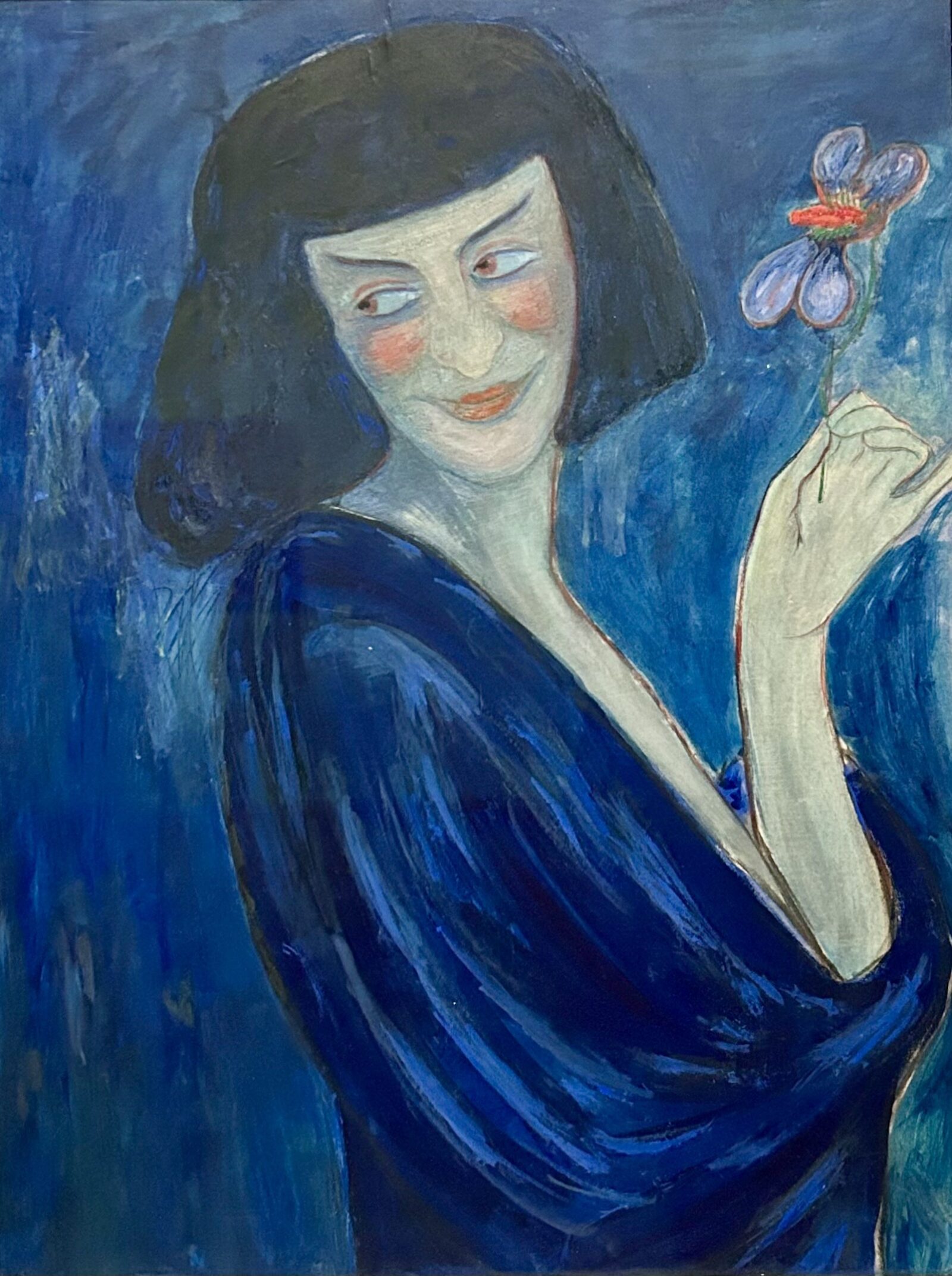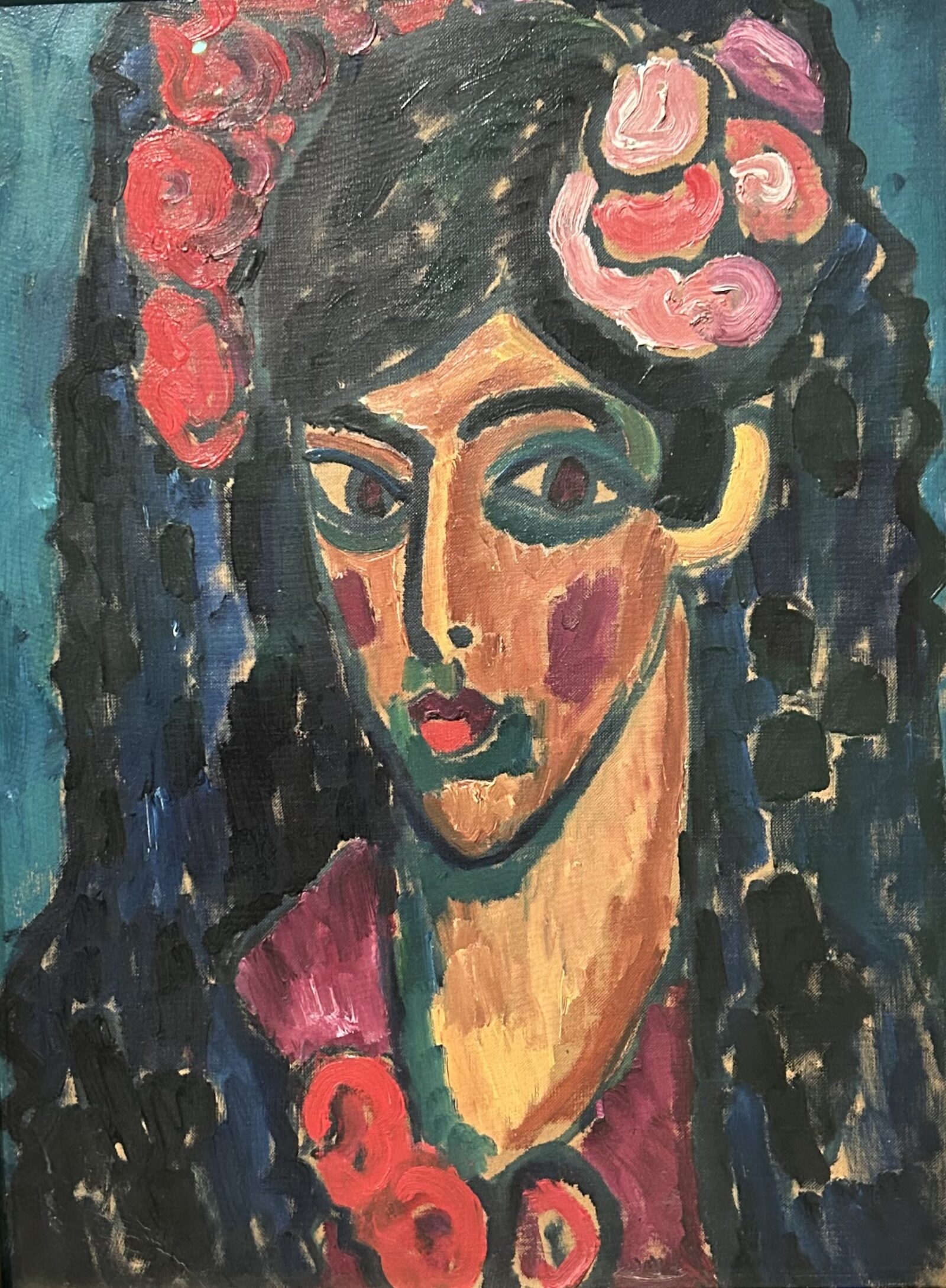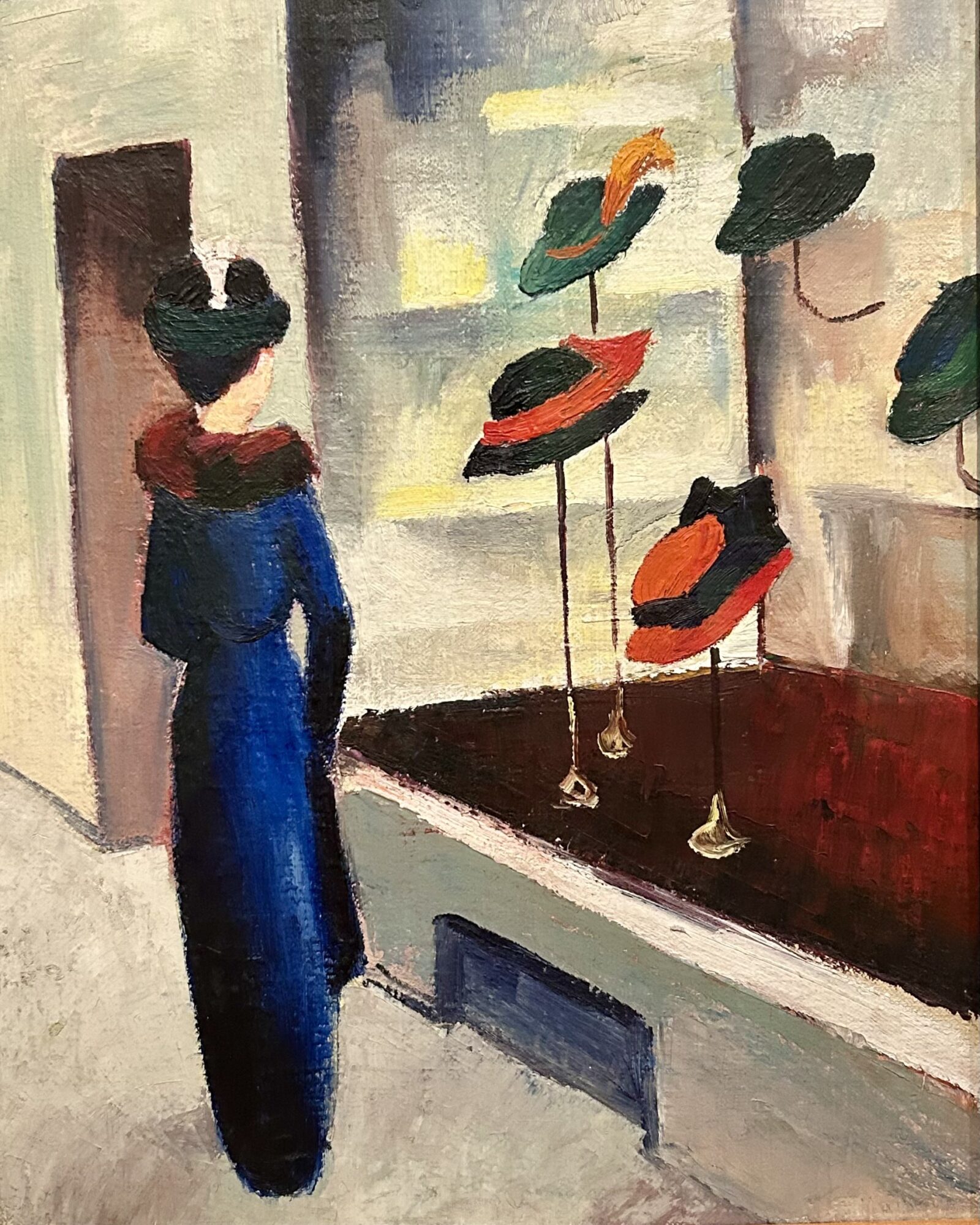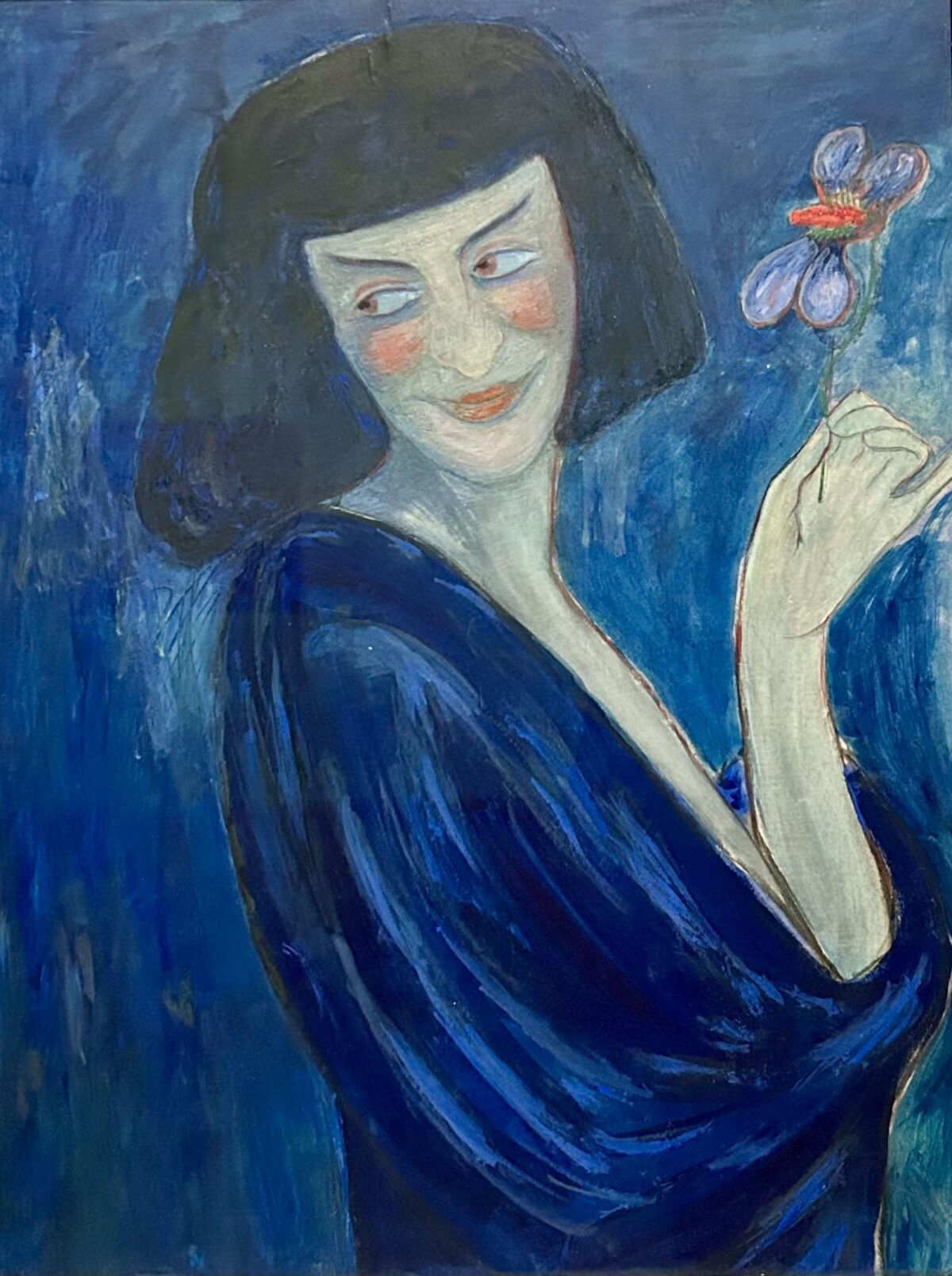
In the early 20th Century, before World War I, Munich, Germany was home to an international group of avant-garde artists who transformed modern art. Known as the Expressionists, their work focused on form, colour, sound and performance. A major new show at London’s Tate Modern gallery – Expressionists: Kandinsky, Münter and the Blue Rider – celebrates their work, including works never seen before in the UK. Major artists featured include Wassily Kandinsky, Gabriele Münter, Franz Marc and Paul Klee. The Blue Rider was a loose group of artists from across Europe, Russia and the USA who came together in Munich to share experiences and spiritual ideas. They were a very focused group in terms of publishing manifestos and editorials, curating exhibitions and shows and fostering relationships with museums and art galleries.
 Kandinsky and Münter were in a romantic relationship, and leaders of the Blue Rider. The exhibition provides great insight into the lives of the group. The work featured focuses on mood and ideas in the portraits and interiors, rather than just reality. They believed in the impact of colour on mood. Women were treated equally in the collective and ideas on gender identity were explored. Boundaries to humanity, nationality etc were also questioned. Modern artists in all senses of the words. Life looks sweet and simple, often rural, for this group. Domestic scenes are gentle although, at night, the theatres and the boxing rings were busy. My favourite images in the show include 1913’s Spanish Woman by Alexej Jawlensky, a portrait of cross-dressing dancer Alexander Sacharoff. Milliner’s Shop by August Macke in 1913 is also beautiful, as is 1909’s The Dancer by Marianne Werefkin, again featuring Sacharoff. 1912’s Prize Fight by Albert Bloch and 1910’s Summer Stage by Werefkin show social events of the period. Kandinsky’s 1909 Interior (My Dining Room) and Gabriele Münter’s 1912 Kandinsky and Emma Bossi at the table show vibrant interiors from back then. A colourful, and often camp, insight into another time. Little did they know of the horrors of the war waiting just around the corner in 1914, a war which led to the disbanding of the set. A warm, rich show.
Kandinsky and Münter were in a romantic relationship, and leaders of the Blue Rider. The exhibition provides great insight into the lives of the group. The work featured focuses on mood and ideas in the portraits and interiors, rather than just reality. They believed in the impact of colour on mood. Women were treated equally in the collective and ideas on gender identity were explored. Boundaries to humanity, nationality etc were also questioned. Modern artists in all senses of the words. Life looks sweet and simple, often rural, for this group. Domestic scenes are gentle although, at night, the theatres and the boxing rings were busy. My favourite images in the show include 1913’s Spanish Woman by Alexej Jawlensky, a portrait of cross-dressing dancer Alexander Sacharoff. Milliner’s Shop by August Macke in 1913 is also beautiful, as is 1909’s The Dancer by Marianne Werefkin, again featuring Sacharoff. 1912’s Prize Fight by Albert Bloch and 1910’s Summer Stage by Werefkin show social events of the period. Kandinsky’s 1909 Interior (My Dining Room) and Gabriele Münter’s 1912 Kandinsky and Emma Bossi at the table show vibrant interiors from back then. A colourful, and often camp, insight into another time. Little did they know of the horrors of the war waiting just around the corner in 1914, a war which led to the disbanding of the set. A warm, rich show.
On at Tate Modern, London until 20th October.
 |
 |
Queerguru’s Contributing Editor Ris Fatah is a successful fashion/luxury business consultant (when he can be bothered) who divides and wastes his time between London and Ibiza. He is a lover of all things queer, feminist, and human rights in general. @ris.fatah

